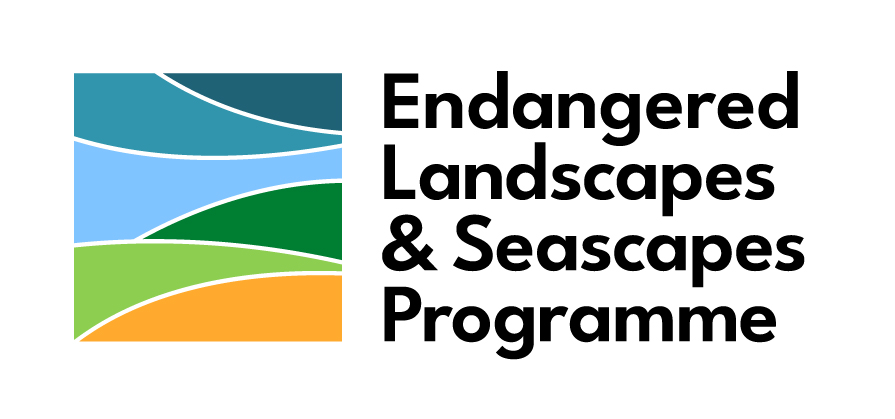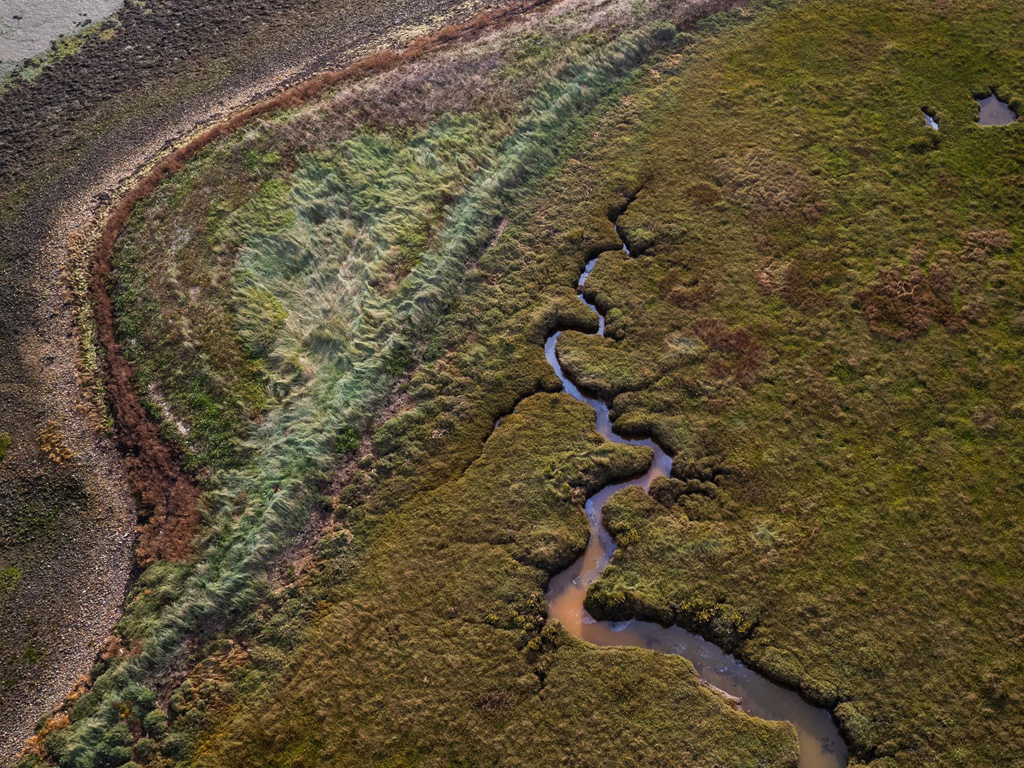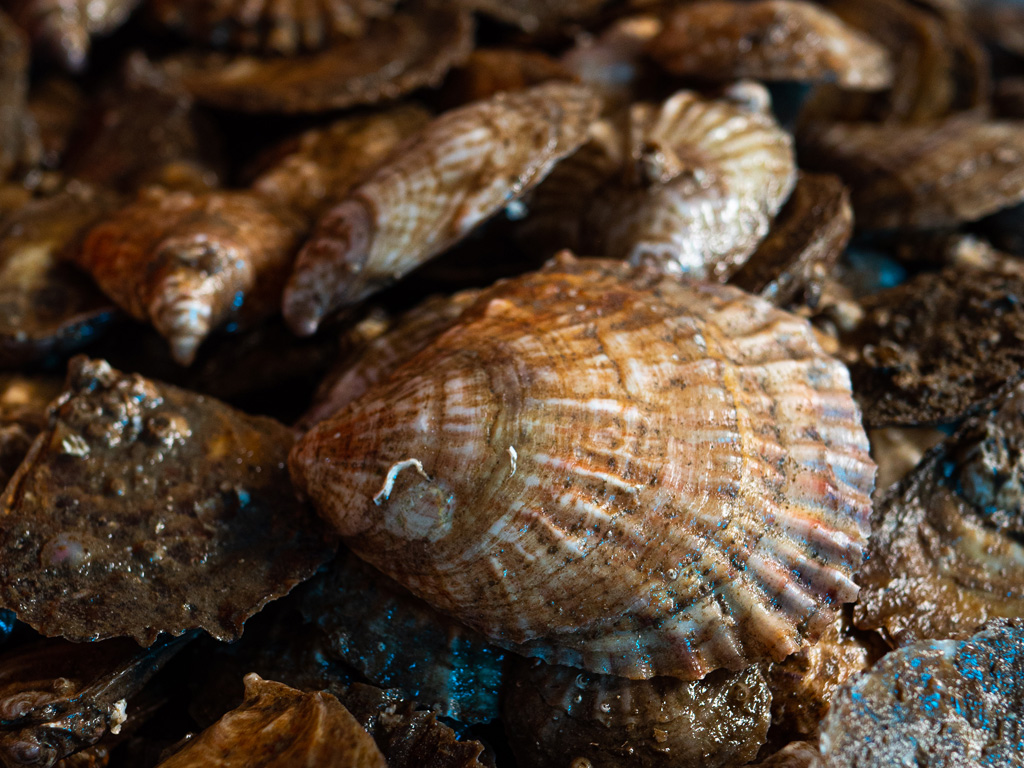Project
The Solent Seascape Project area covers over 52,000 hectares of coastal and marine habitats in the Solent, one of the most heavily used waterways in Europe.

The Solent is home to a complex network of harbours, islands, estuaries and sandbanks and an astounding array of wildlife and habitats, such as seagrass meadows, saltmarshes and globally renowned seabird nesting sites. However, across the Solent important habitats are being lost and the biodiversity they support is declining. The Solent continues to face severe threats from overuse, erosion, poor water quality and sea level rise, which is why we are working to re-create a dynamic network of interconnected marine and coastal habitats – known as a seascape-scale approach to marine and coastal restoration.

Over the next five years, we will reconnect the Solent into a functioning seascape by improving the condition, scale and connectivity of oyster reef, seagrass meadow, saltmarsh and seabird nesting habitats using protection and restoration initiatives – creating a more resilient coastline, enhancing biodiversity and supporting the sustainable delivery of the ecosystem benefits described below.
Find out how you can get involved and explore the restoration projects near you using our interactive map.
We are actively restoring four key habitats to revive a functioning, thriving and abundant Solent seascape: seagrass, saltmarsh, seabird nesting sites and oyster reefs.
These habitats provide many ecosystem benefits: they act as important carbon stores, help to reduce the impacts of climate change, provide vital nursery grounds for commercially important fish, protect coastal homes from erosion and sea level rise, help to enhance water quality and improve social wellbeing by providing areas for local people and tourists to explore their natural environment.
Learn more about the wildlife and habitats of the Solent by clicking on the icons below.
What else are we doing?
In addition to active restoration, we are also working with landowners, industry and regulatory bodies to improve the protection and management of existing habitats. To ensure that the long-term benefits of seascape restoration are realised, we are in the process of co-developing a recovery plan with the local community to allow these habitats to continue supporting both people and the wider environment. This integrative approach can ensure that decision making in coastal restoration and management does not occur in isolation from the surrounding environmental and social settings.
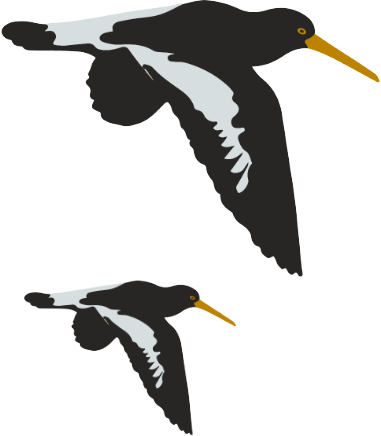
The five key aims of the Solent Seascape Project are to:
- Collaborate with local stakeholders and communities to develop and co-create a long-term seascape recovery plan, that supports better management of existing Solent marine and coastal habitats.
- Actively restore 8 hectares of saltmarsh, 7 hectares of seagrass, 4 hectares of oysters, and 10 breeding seabird nesting sites to increase habitat extent and catalyse recovery across the wider seascape, improving ecological connectivity.
- Assess ecosystem service benefits (carbon, biodiversity, nitrates), creating an evidence base of the wider benefits of seascape restoration.
- Develop key interventions and financial mechanisms to upscale the potential for seascape restoration in the longer term by working with government and regulators.
- Empower local communities and build capacity to ignite and improve understanding of seascape processes, catalyse behavioural change, and increase involvement in seascape recovery.
We are one of 14 large-scale restoration projects chosen by the Endangered Landscapes & Seascapes Programme, managed by the Cambridge Conservation Initiative and funded by Arcadia.
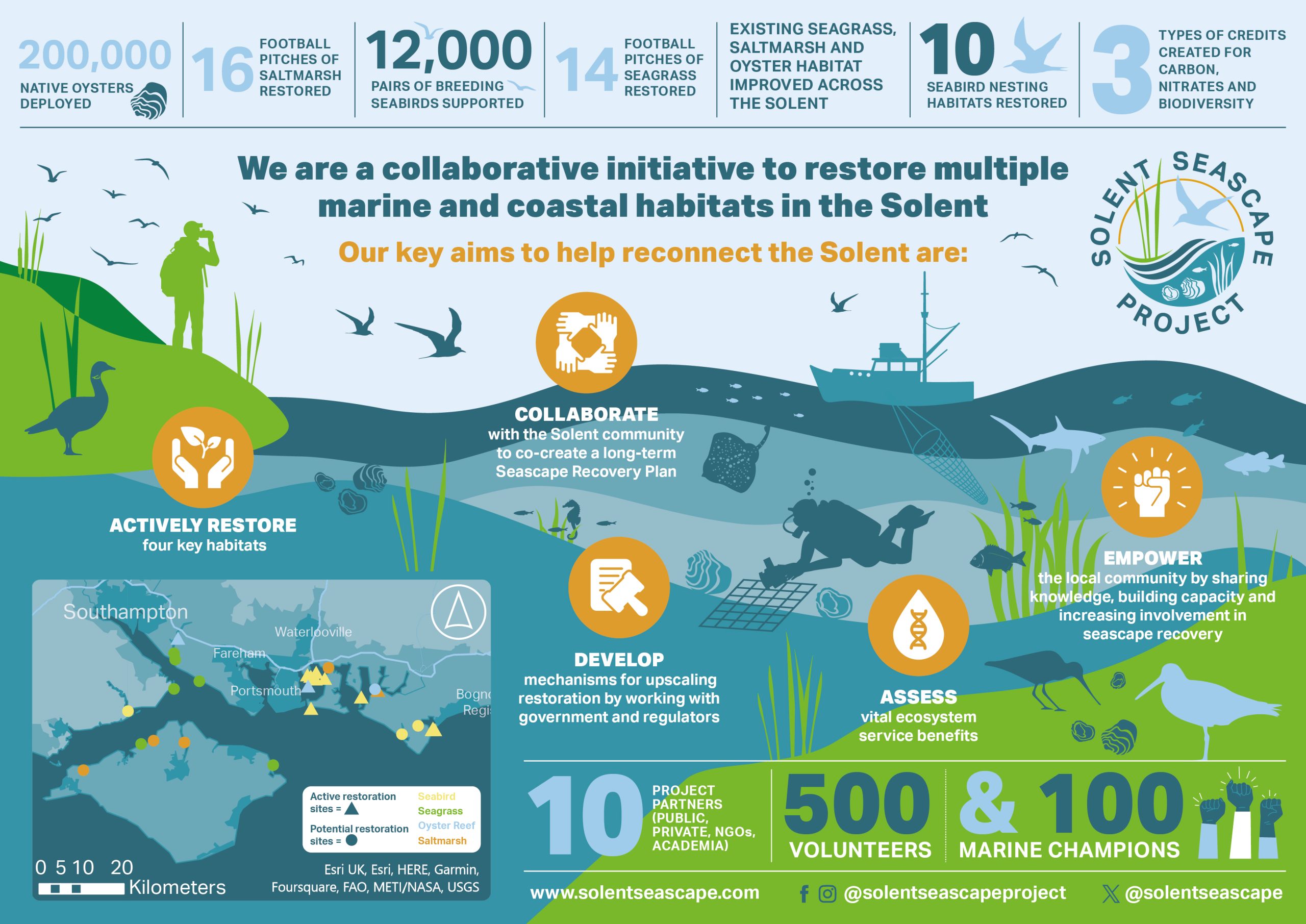
How can you be involved?
Interested in getting involved in the Solent Seascape Project? Take a look at our volunteering opportunities now.
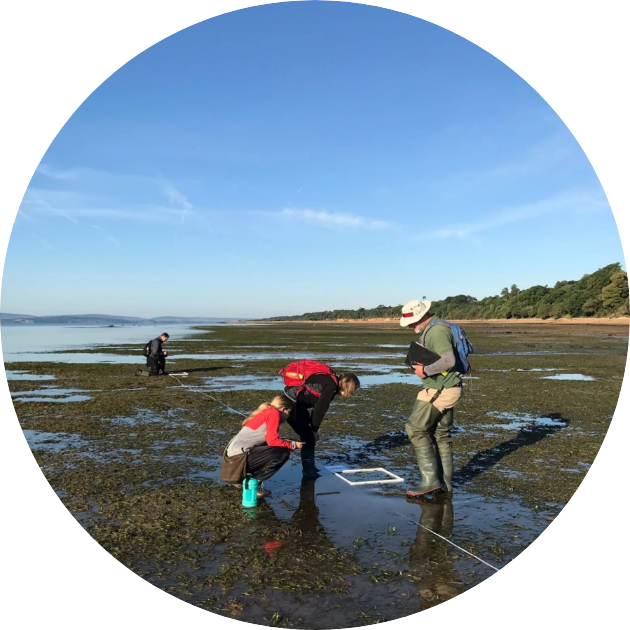
The Solent Seascape Project Partners are


The Solent Seascape Project is supported by East Head Impact and the Endangered Landscapes & Seascapes Programme (ELSP), managed by the Cambridge Conservation Initiative and funded by Arcadia.
